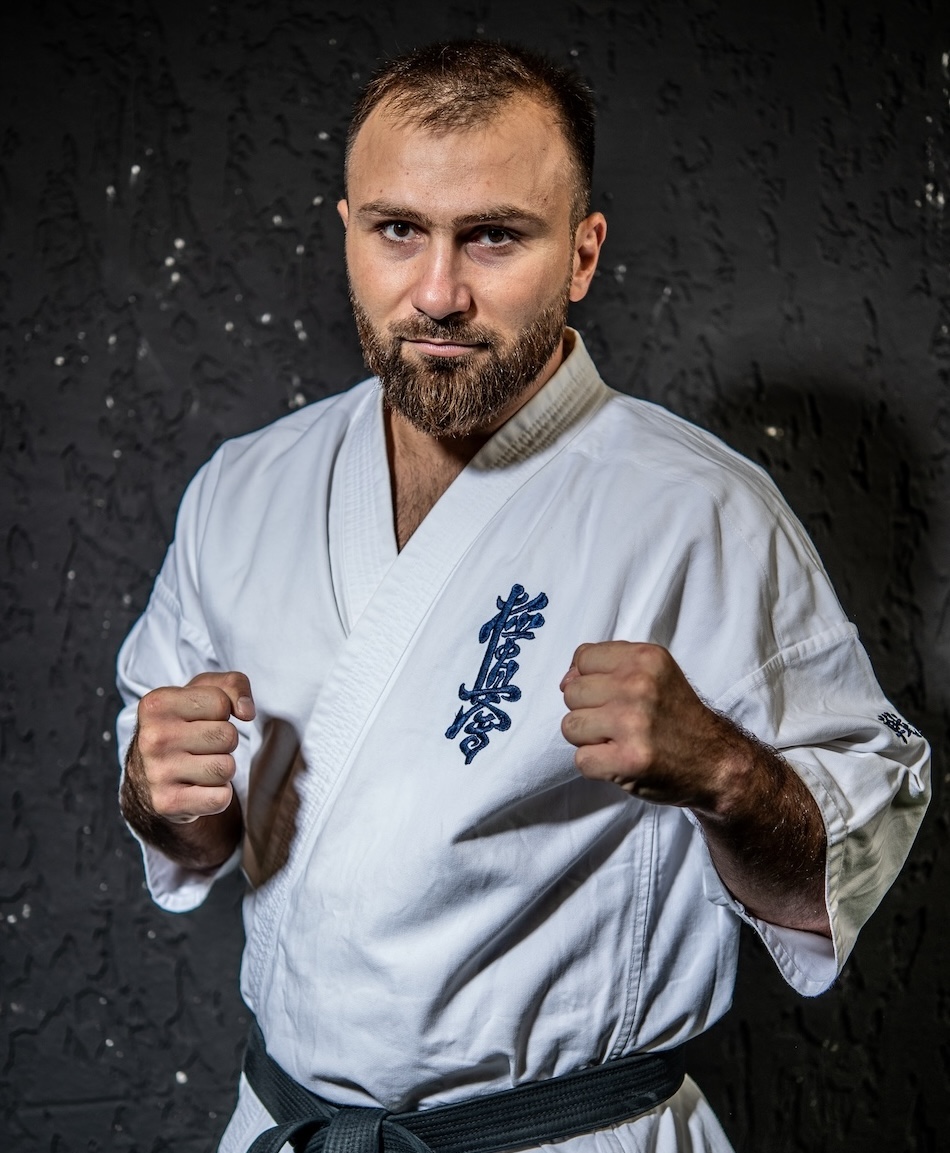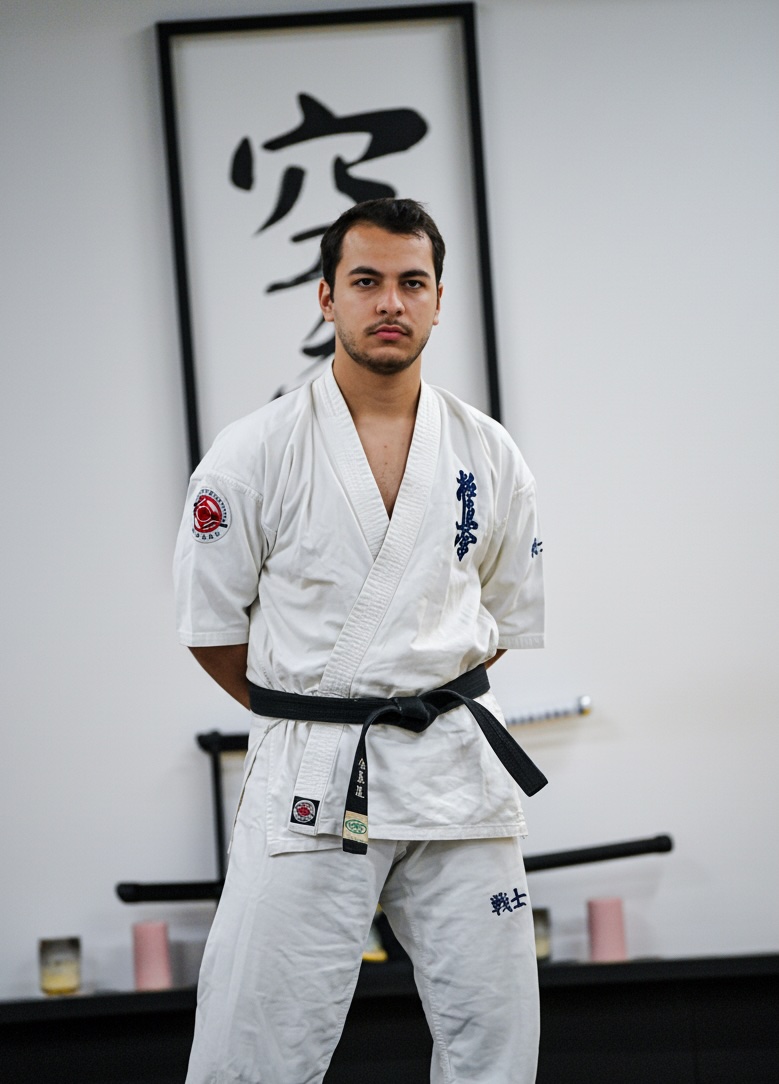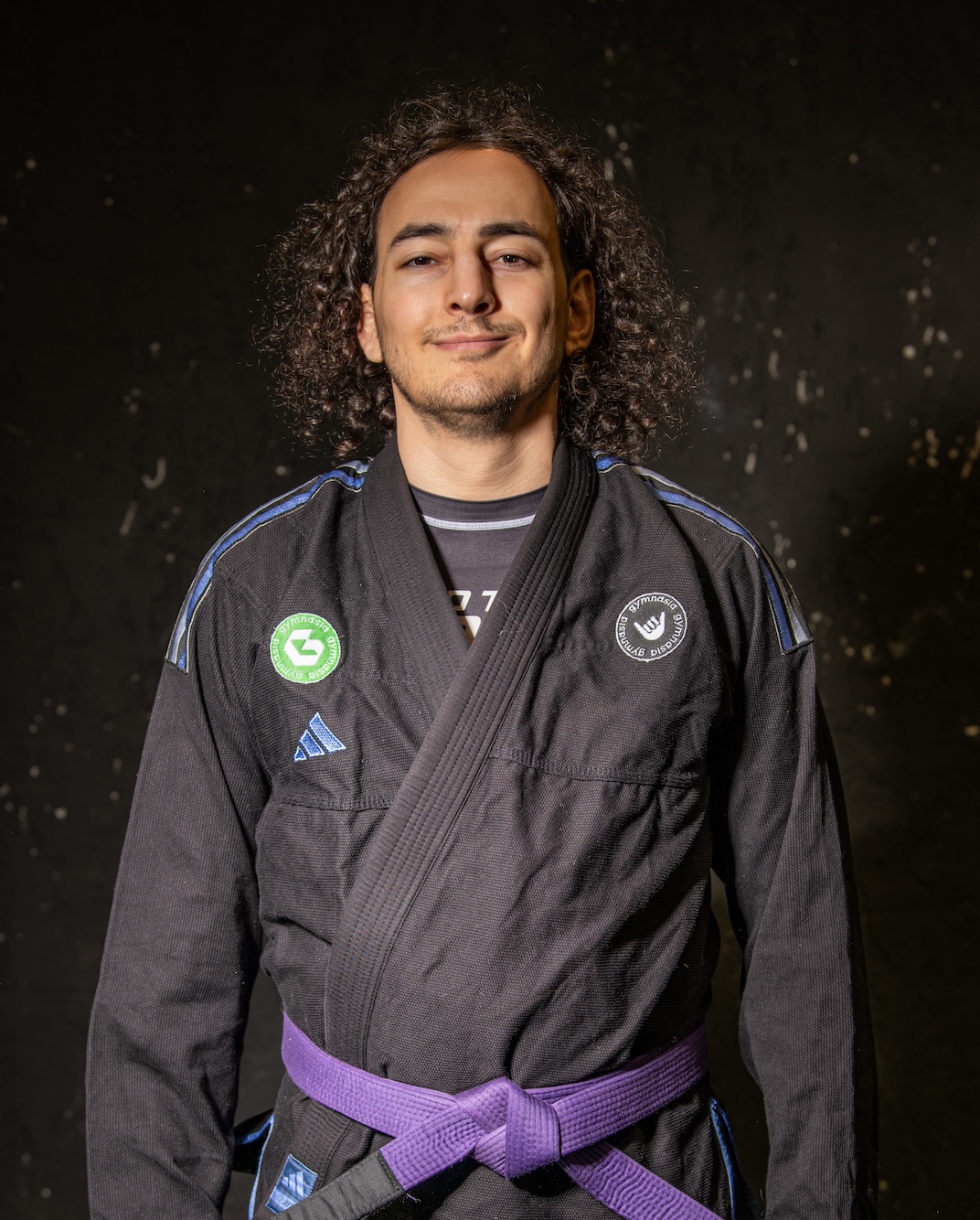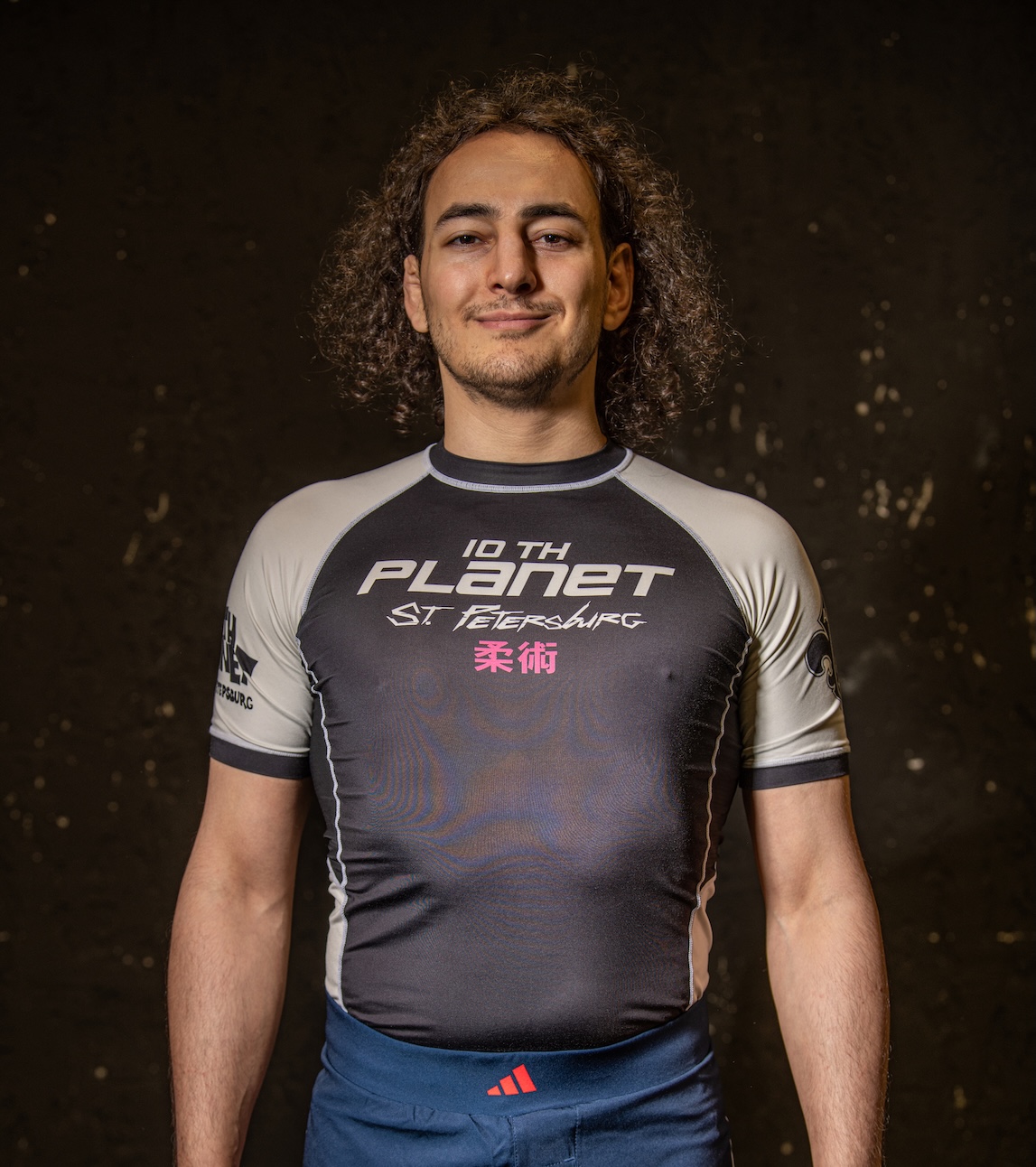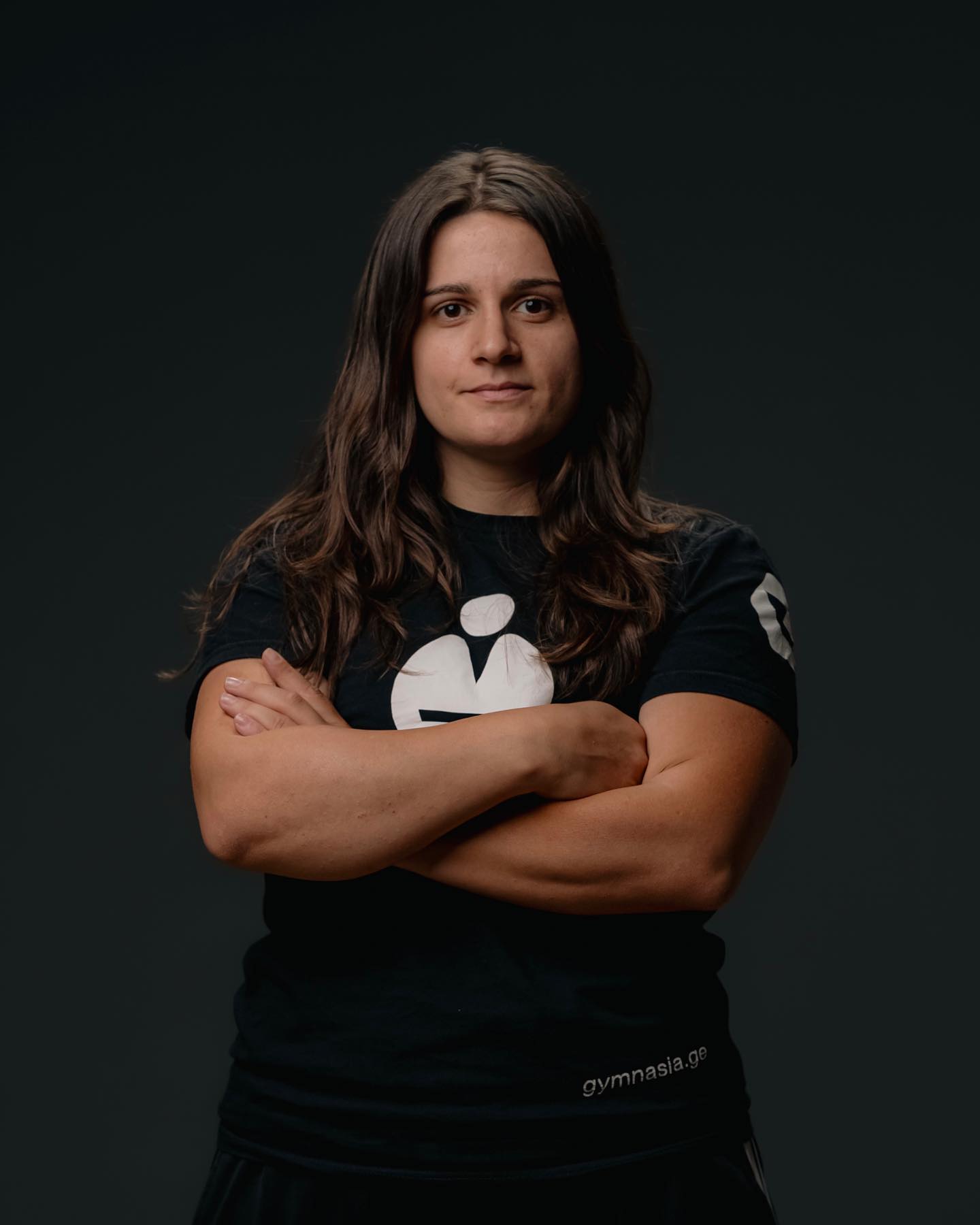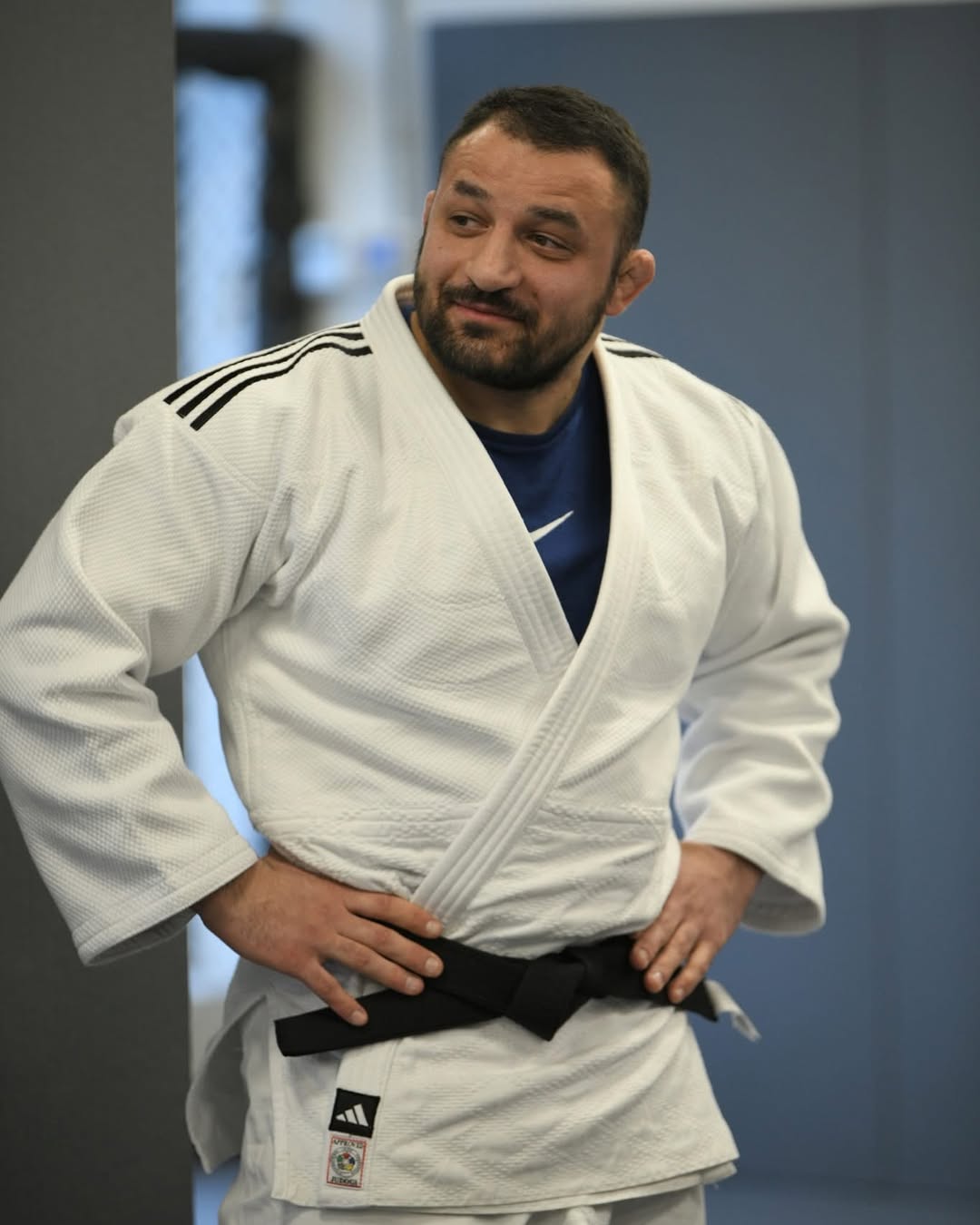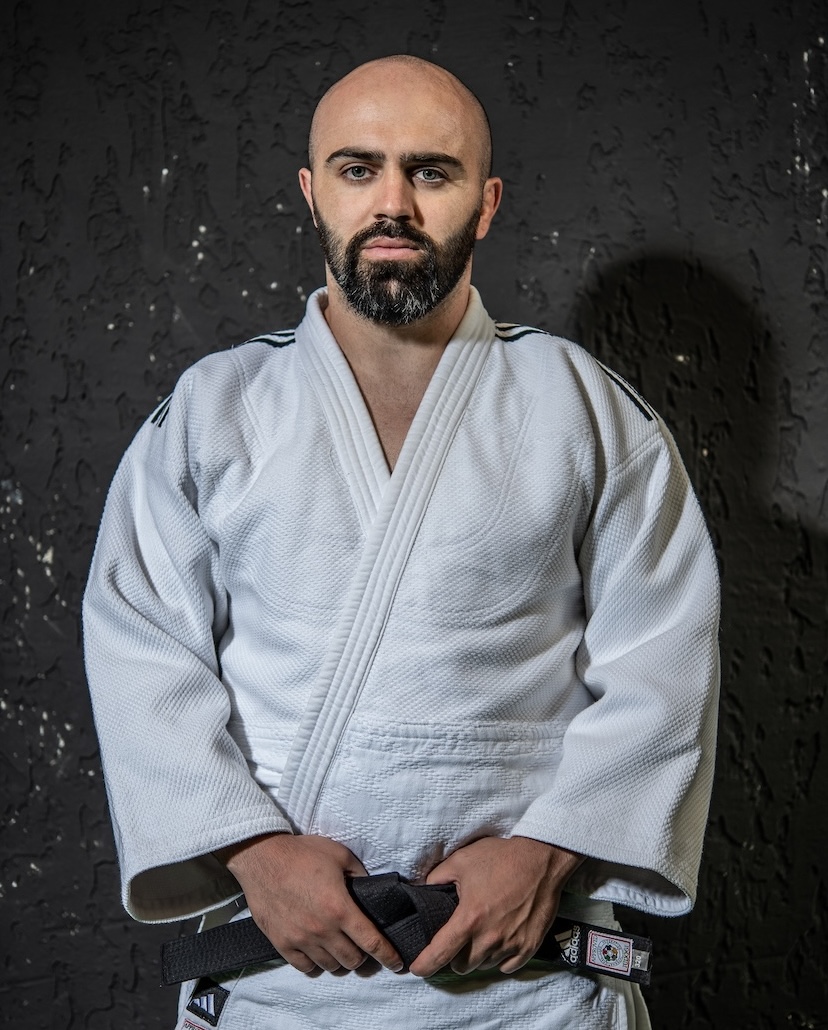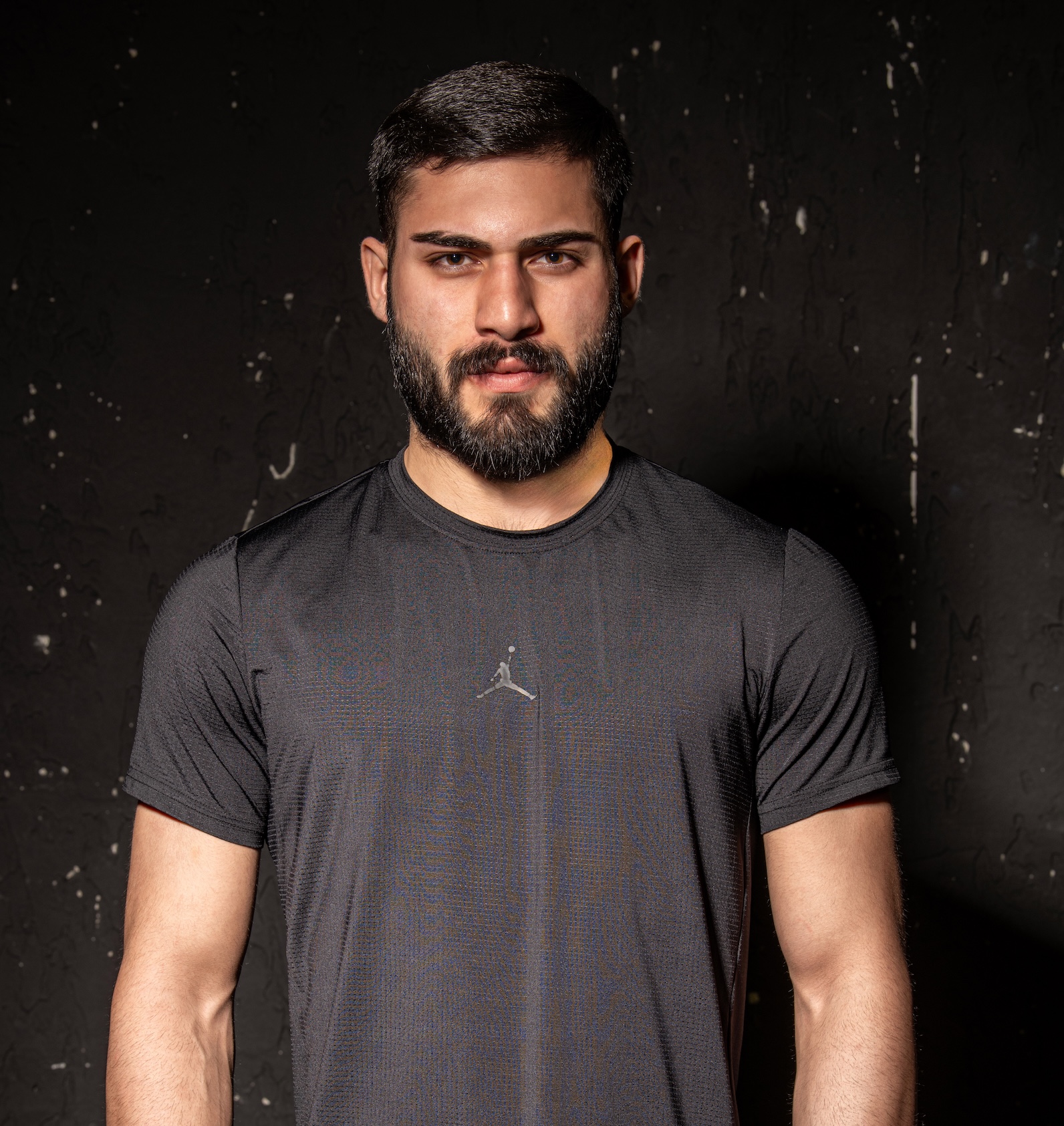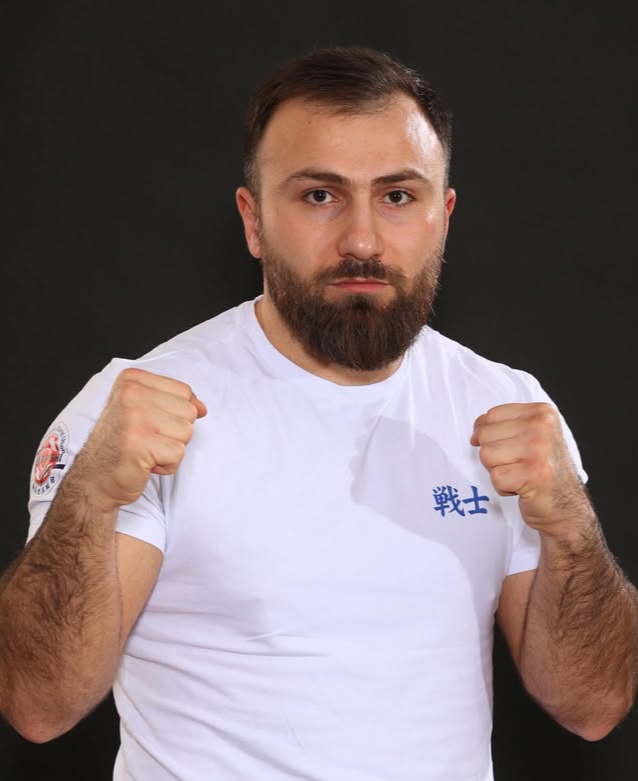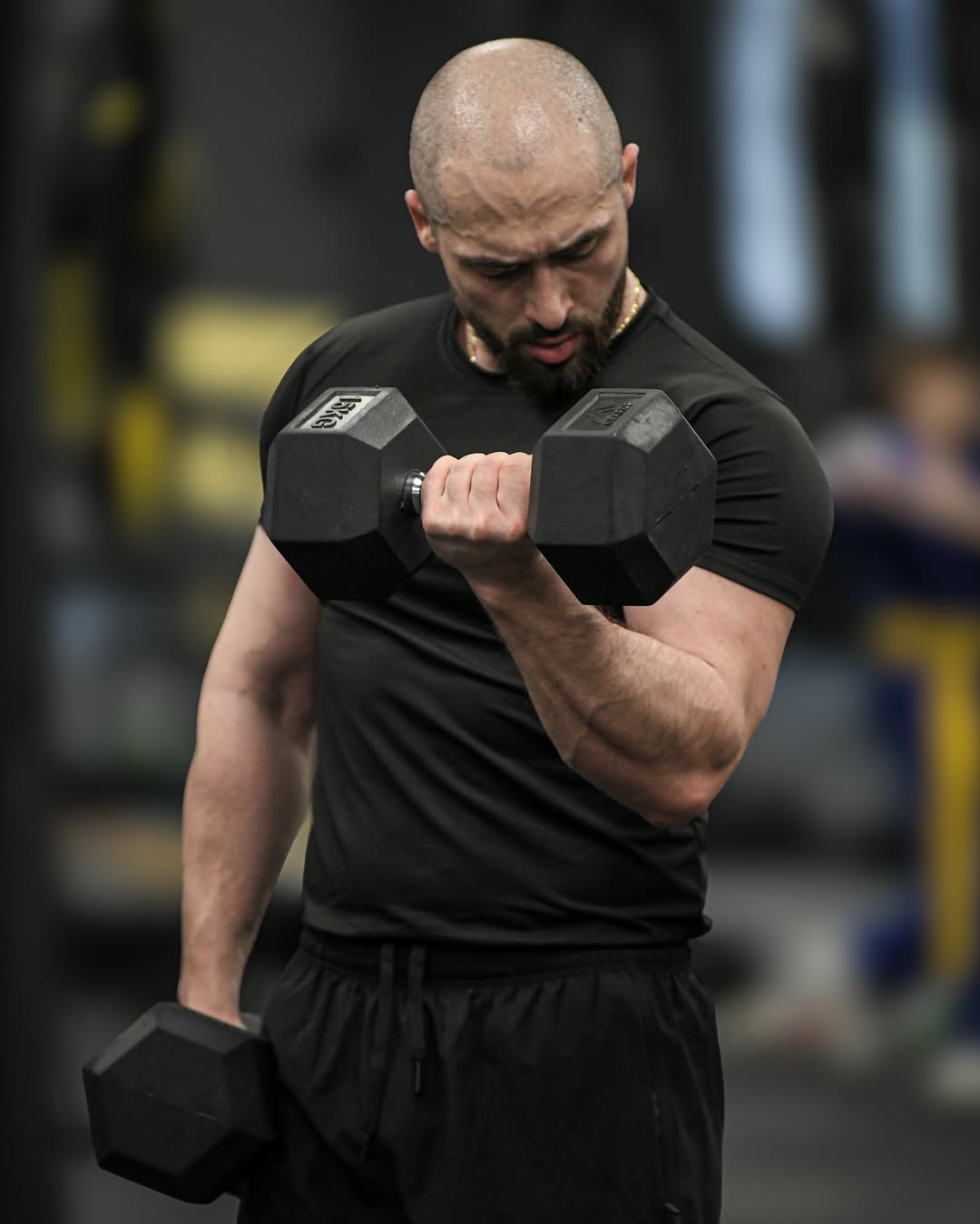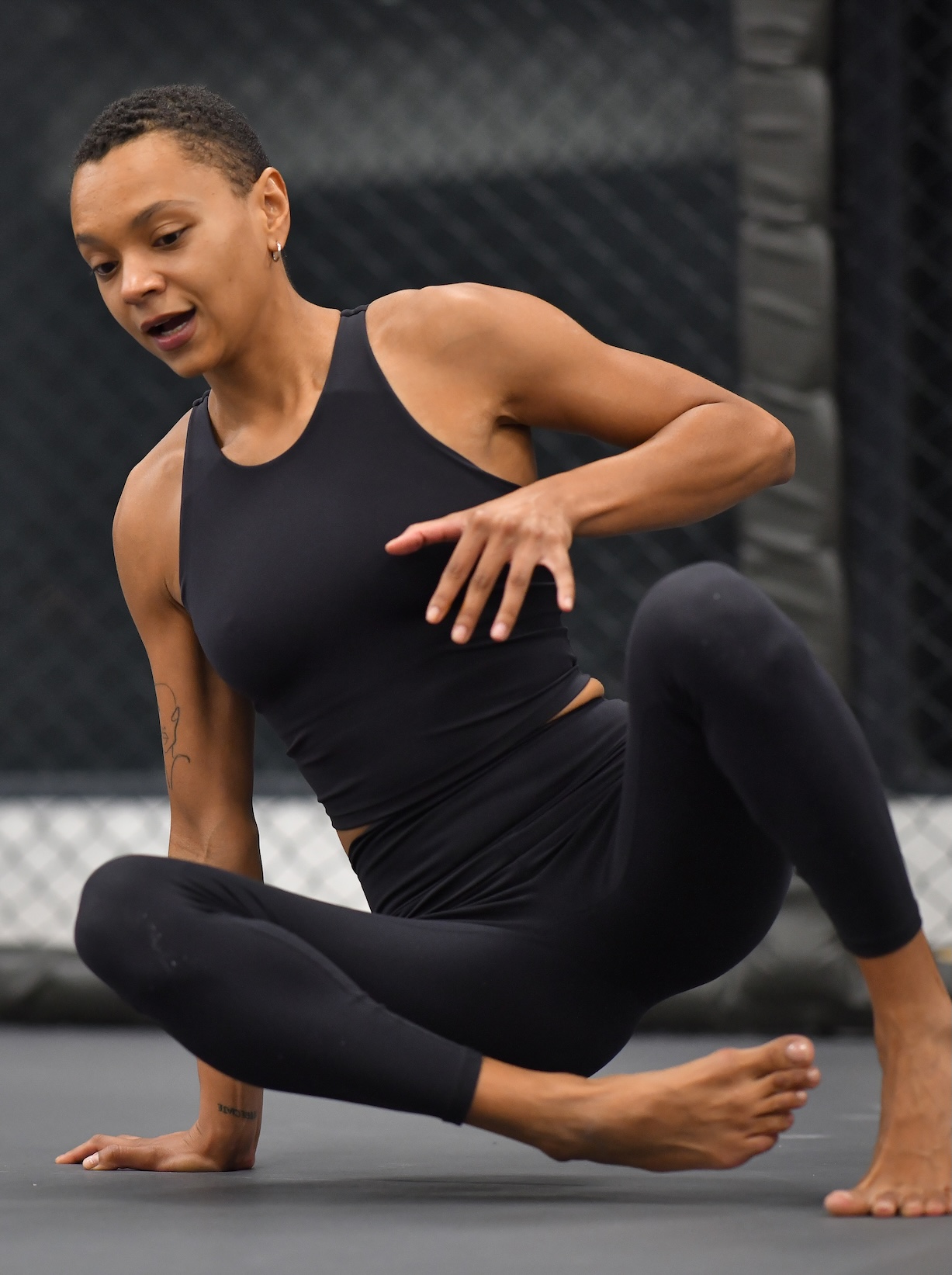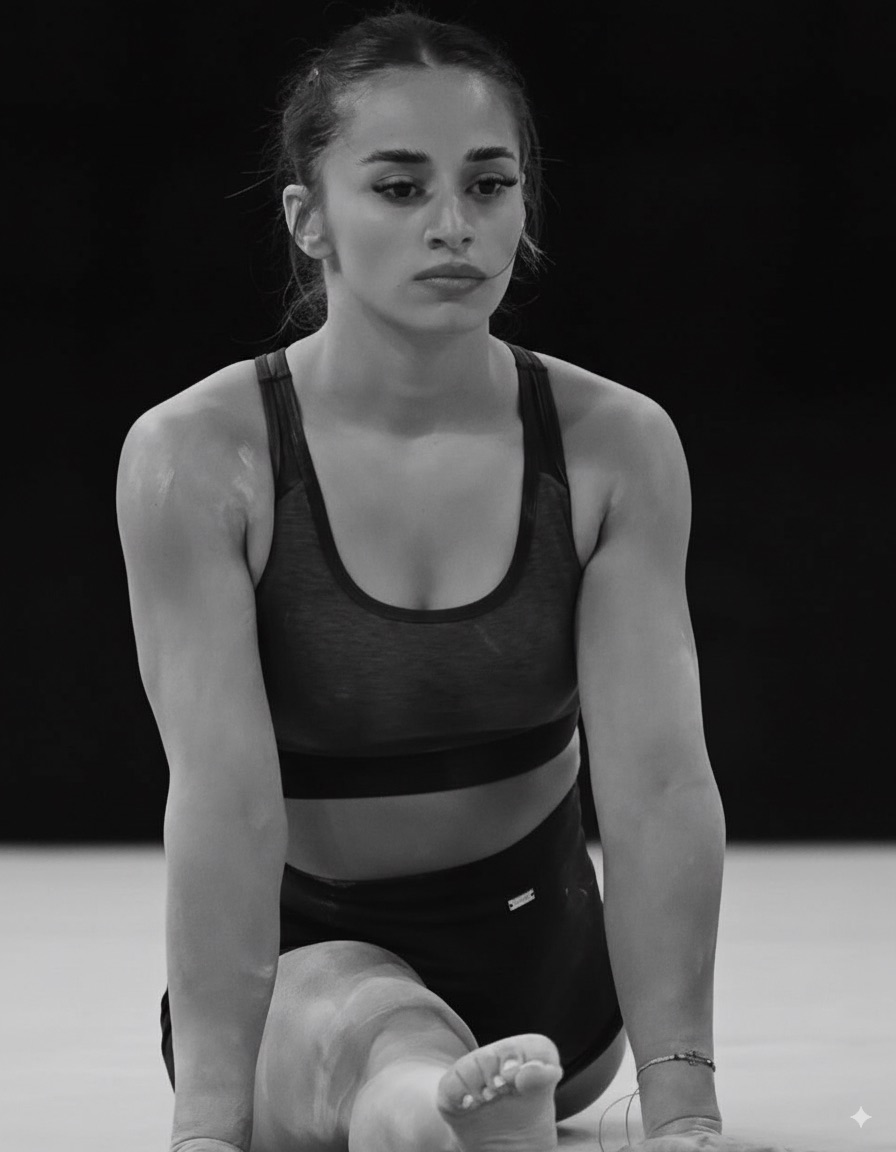 Gymnasia Guide for athletes
Gymnasia Guide for athletes
Welcome. These guides offer science-backed, practical advice to support a healthy lifestyle for our combat arts community. Inspired by experts like Dr. Andrew Huberman and Dr. Peter Attia, we've distilled key tips into short, actionable sections.
Key Areas for Health & Performance
Regular Sport & Exercise
Why it matters
Boosts cardiovascular fitness, strength, and balance
Improves mental health and longevity
Recommendations
150 minutes/week moderate cardio or 75 minutes vigorous
Strength training 2x per week
Include Zone 2 cardio and mobility work
Choose class that fits your schedule: Gymnasia Schedule
Learn more about VO₂max & Longevity (Dr. Attia).
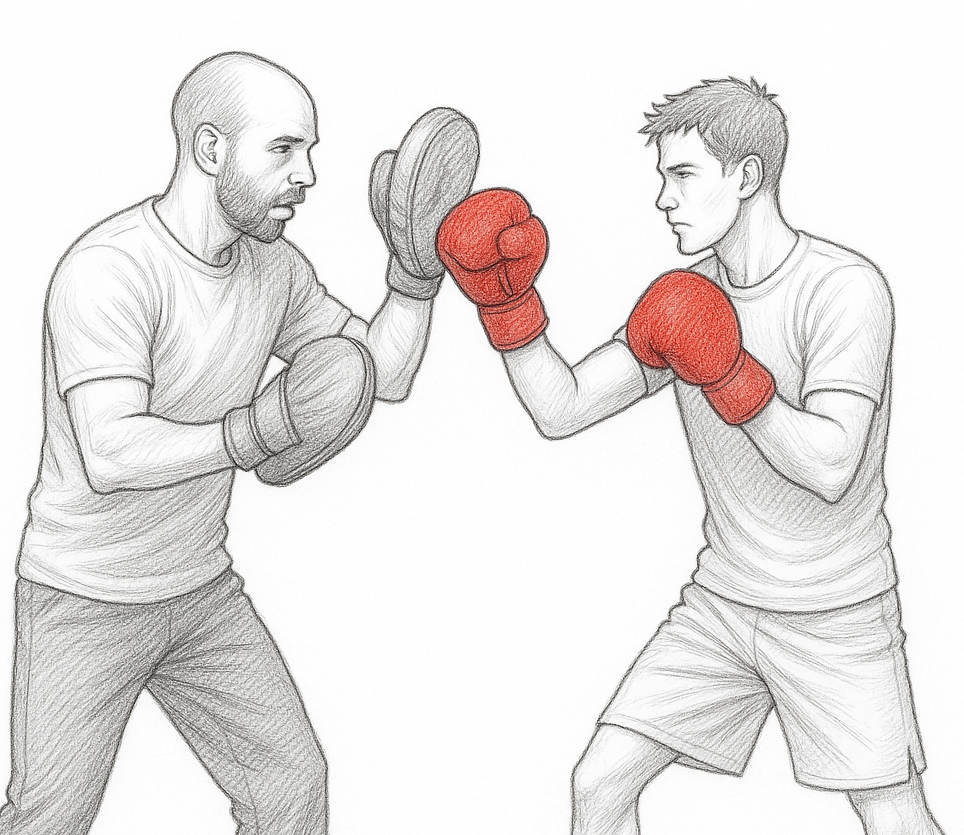
Quick Tips
🕒 Treat training like an appointment
💪 Mix cardio + strength (combat sports = both!)
🎯 Set simple goals (e.g., attend 3x/week)
🧘♂️ Don't overtrain – recovery matters
Sleep & Recovery
Why it matters
Powers muscle repair, hormone balance, and mental focus
Poor sleep = lower reaction time, mood, and recovery
Recommendations
- Aim for 7–9 hours/night
- Maintain consistent sleep schedule
For a deep dive, check out the Sleep Toolkit from Huberman Lab.
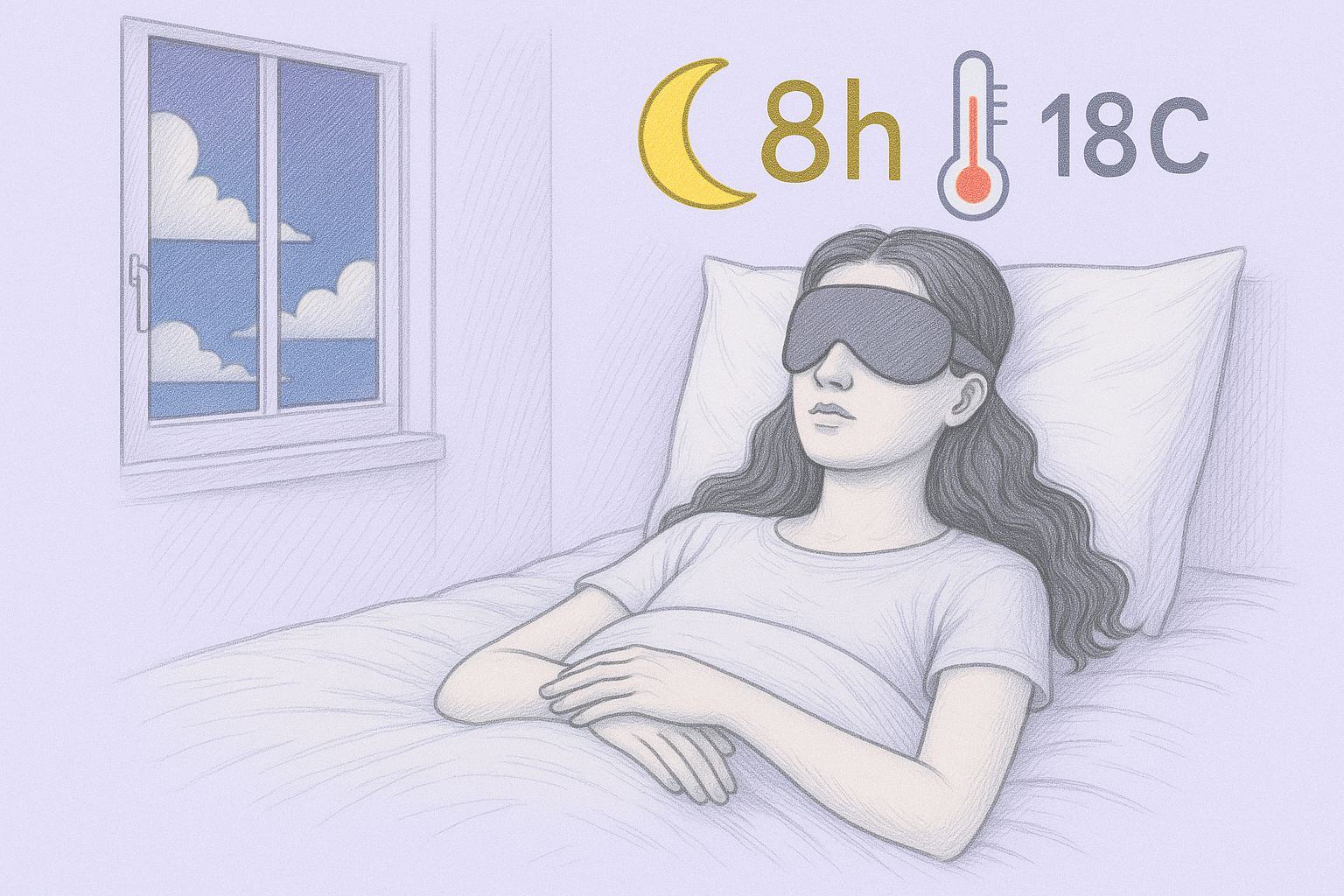
Wind-down routine
Morning sunlight
No late screens
Cool room (18°C)
Nutrition Basics
Why it matters
Fueling performance, body composition, and overall health.
Proper nutrition enhances energy levels, recovery, and focus.
Recommendations
- Prioritize whole, unprocessed foods
- Consume adequate protein for muscle repair
- Stay hydrated throughout the day
Model your meals using the Harvard Healthy Plate.
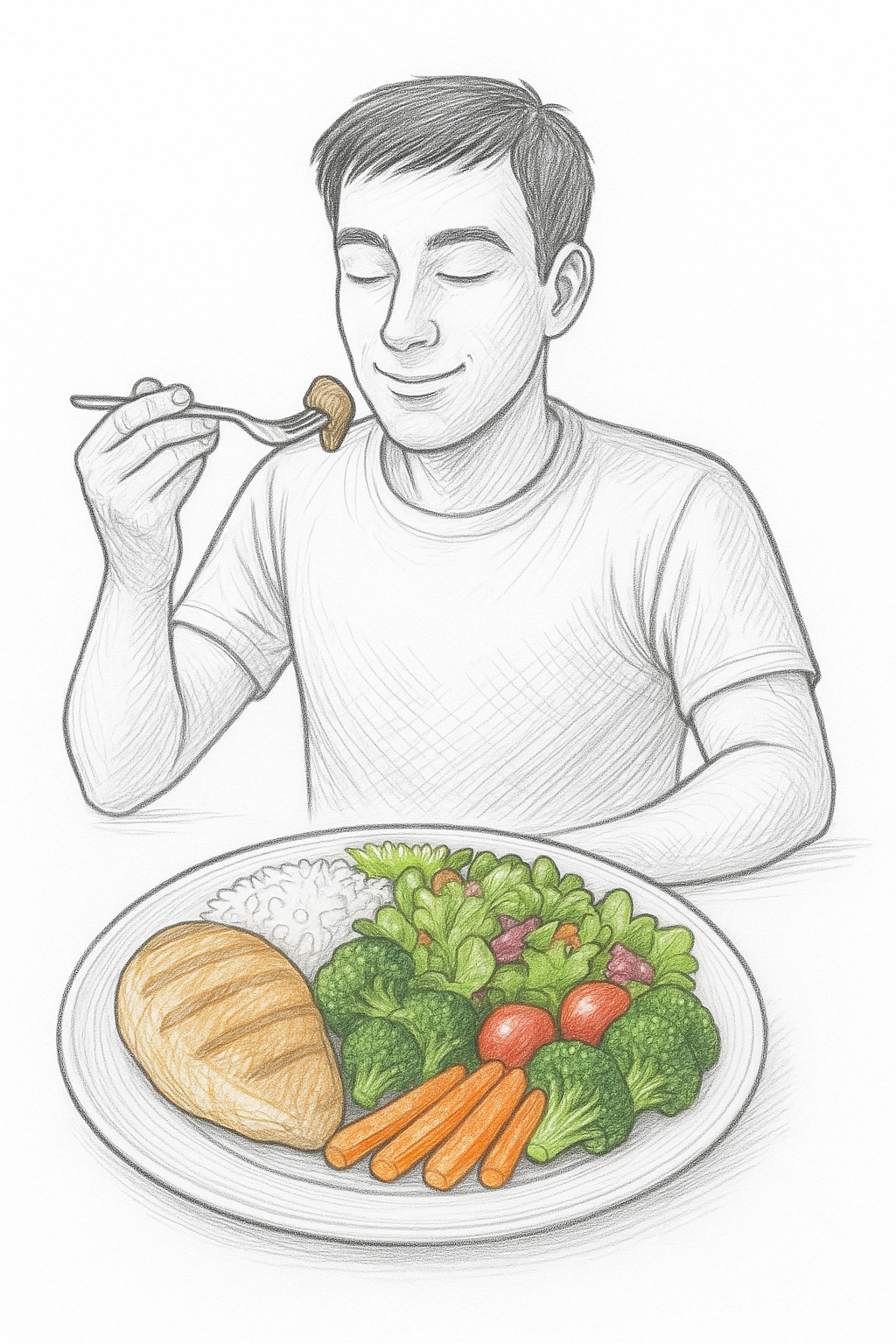
Focus Areas
Protein
1.6–2.2g/kg
Vegetables
Every meal
Whole carbs
Oats, rice
Hydration
Clear urine
Limit
Processed foods
Mindful
Eat slowly
Mental Health & Mindset
Benefits
Exercise reduces depression and anxiety while building resilience through goals and connection.
Cultivating a healthy mindset involves practices that enhance emotional regulation, reduce stress, and promote overall psychological well-being. This includes setting achievable goals, fostering positive relationships, and incorporating mindfulness techniques into daily life.
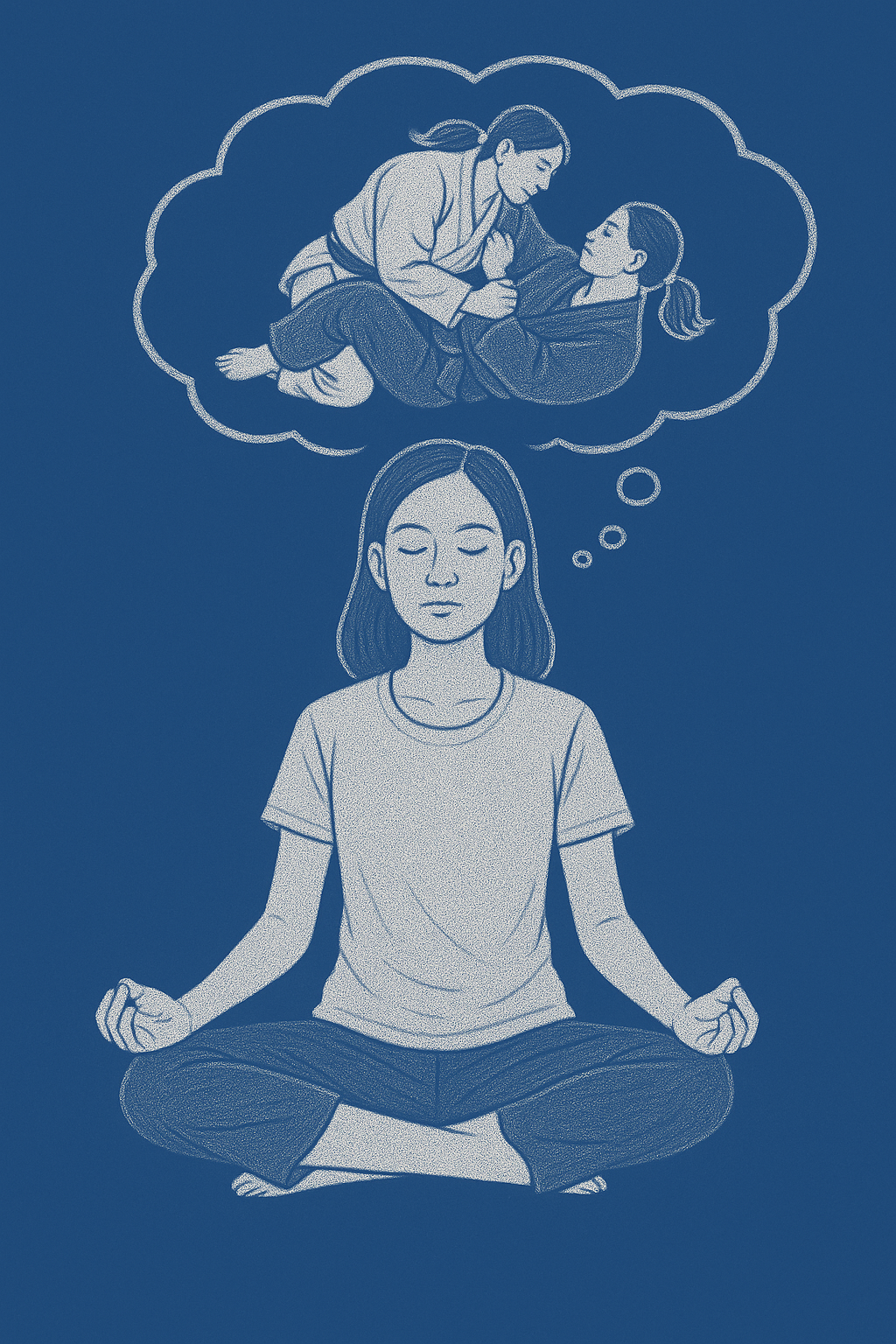
Practice Tips
Track goals & celebrate wins
Connect with training partners
Practice breathwork & NSDR
Focus on growth, not outcome
Learn more from Huberman Lab on Mental Health.
Recovery Modalities
Prioritizing recovery is crucial for maximizing the benefits of your training. It allows your body to repair muscle tissue, replenish energy stores, and adapt to the demands of exercise.
Incorporating modalities like cold exposure, heat therapy, and sun exposure can significantly enhance your recovery process, leading to improved performance and overall well-being.
Sauna use, a form of heat exposure, has been shown to boost testosterone and dopamine levels, further enhancing recovery and promoting a sense of well-being.
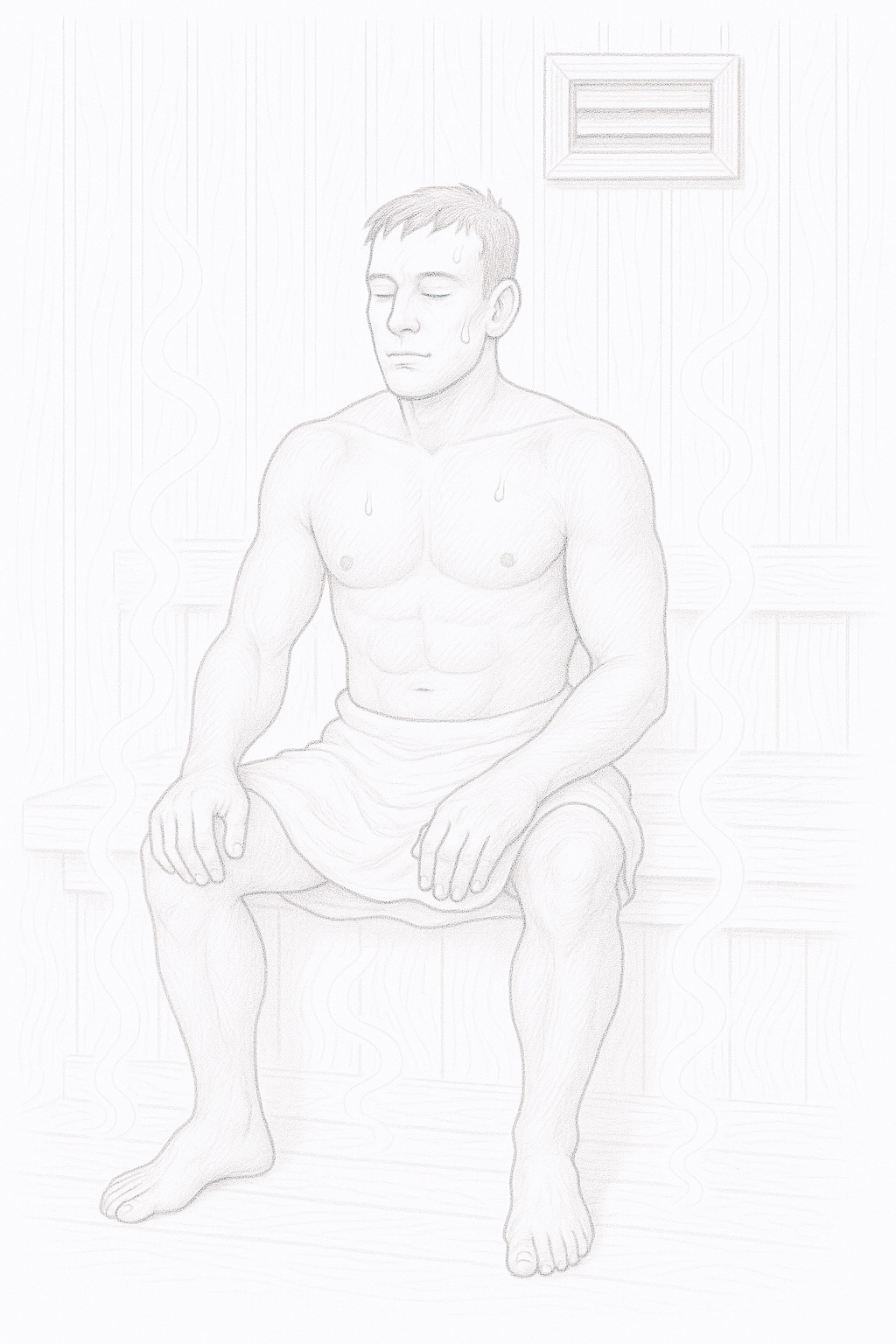
Heat Therapy
2–3 sessions/week
Cold Exposure
11 minutes/week
Post-shower cold finish
Sun Exposure
10–20 min morning
Vitamin D & circadian rhythm
For more on cold exposure, see Dr. Rhonda Patrick on Heat Exposure and Cold Exposure.
Supplement Guide
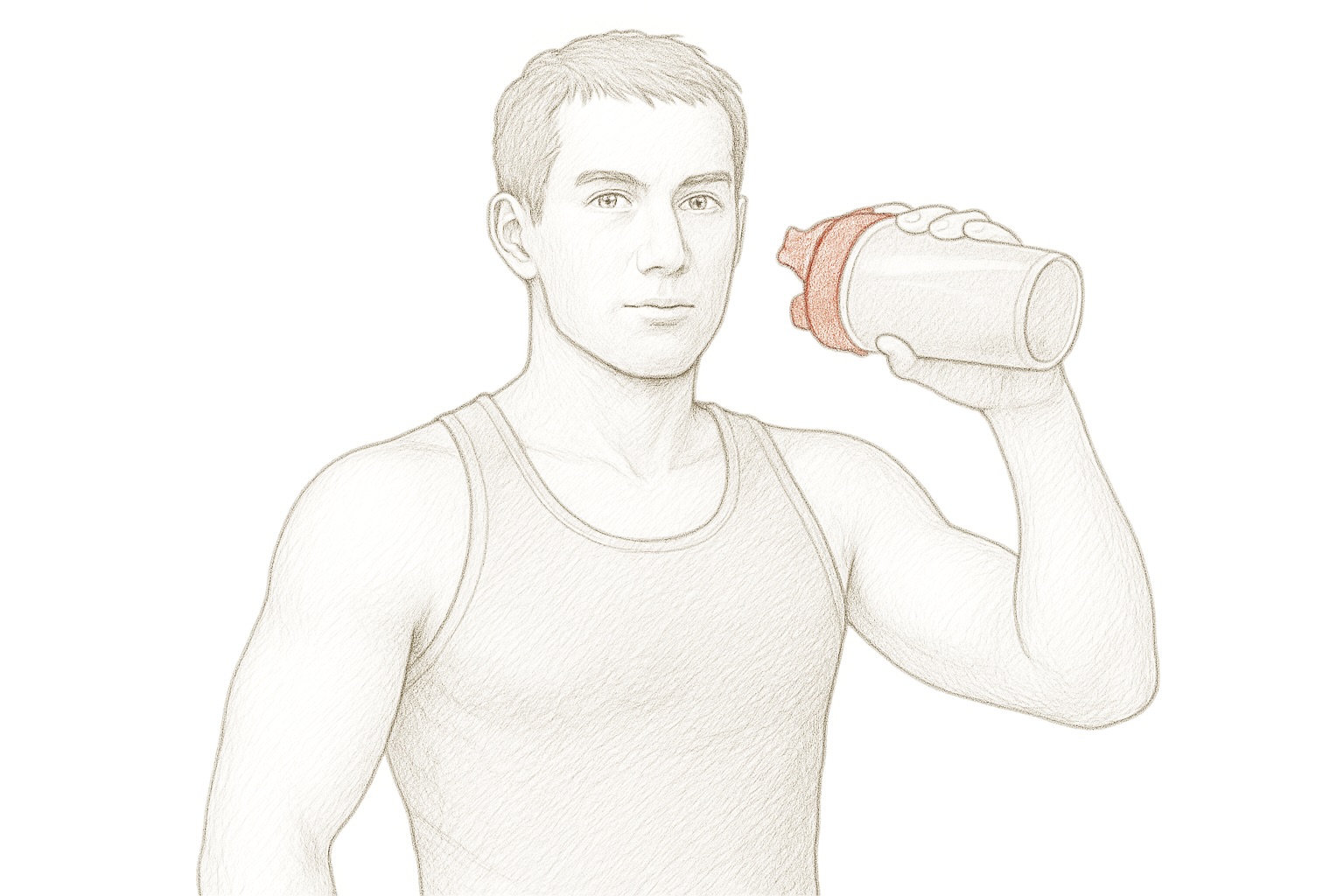
Evidence-Based Recommendations
Avoid These
- ×Fat burners & test boosters
- ×High-stimulant pre-workouts
- ×Unregulated supplements
Learn more about supplements from Dr. Peter Attia.
Progress Metrics
Tracking key metrics helps you understand your progress, stay motivated, and adjust your training plan effectively.
While not exhaustive, these indicators (like VO₂max for endurance or resting heart rate for overall fitness) offer valuable insights into your fitness journey. Regular checks can highlight improvements and areas needing attention.
VO₂max
Endurance capacity
Resting HR
Lower = fitter
Strength
Push/pull PRs
Mobility
ROM testing
Grip
Hang time, 2 minutes
VO₂Max Reference
| Age | Excellent | Good | Average | Fair | Poor |
|---|---|---|---|---|---|
| 20-29 | >51 | 45-50 | 39-44 | 33-38 | <33 |
| 30-39 | >46 | 41-45 | 35-40 | 31-34 | <31 |
| 40-49 | >44 | 39-43 | 34-38 | 29-33 | <29 |
| 50-59 | >41 | 36-40 | 31-35 | 26-30 | <26 |
| 60+ | >38 | 33-37 | 28-32 | 23-27 | <23 |
🎯 Track trends, not perfection – use metrics as tools for progress
Devices: Apple Watch, Oura Ring, Whoop
For a general guide, see this Fitness Testing Guide.
Quick Reference Guide
Gymnasia Sports, Tbilisi, Georgia 2025
